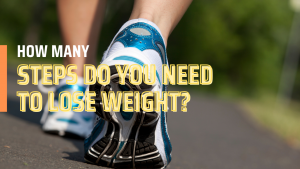How to Reduce Soreness After a Workout - The Best Strategies
Working out can be a great way to improve your overall health, but it can also leave you feeling sore and achy. If you’re looking for ways to reduce the soreness you experience after a workout, keep reading! This blog post will discuss some of the best strategies for reducing post-workout soreness.
What causes post-workout soreness, and why is it important to reduce it?
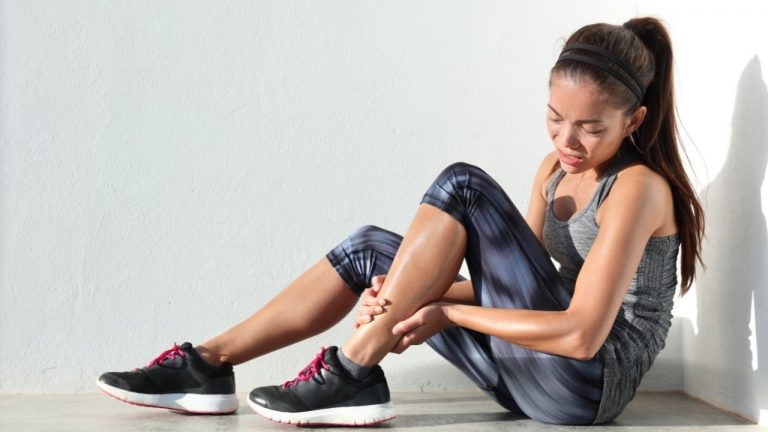
Everyone knows the feeling of post-workout soreness. You push yourself hard at the gym, and the next day you can hardly walk without wincing. But what exactly causes this pain, and is it something you should try to reduce?
The scientific term for post-workout soreness is delayed onset muscle soreness (DOMS). It is most likely caused by microscopic tears in your muscles, which occur due to strenuous exercise. These tears are a good thing, as they signal that your muscles are growing stronger in response to the stress of routine. However, the pain associated with DOMS can be pretty unpleasant.
There are a few things that you can do to reduce the severity of DOMS. First, make sure to warm up thoroughly before working out. This will help to prevent accidental muscle tears. Second, try to increase the intensity of your workouts over time slowly. If you go too hard, too fast, you’re more likely to experience severe DOMS. Finally, focus on cooling down and stretching after your workout. This will help your muscles recover more quickly.
While post-workout soreness is inevitable if you want to see results from your workouts, there are a few things that you can do to reduce the severity. You can minimize the pain and get back to your routine as quickly as possible by following the tips above.
How can you reduce post-workout soreness with simple lifestyle changes?
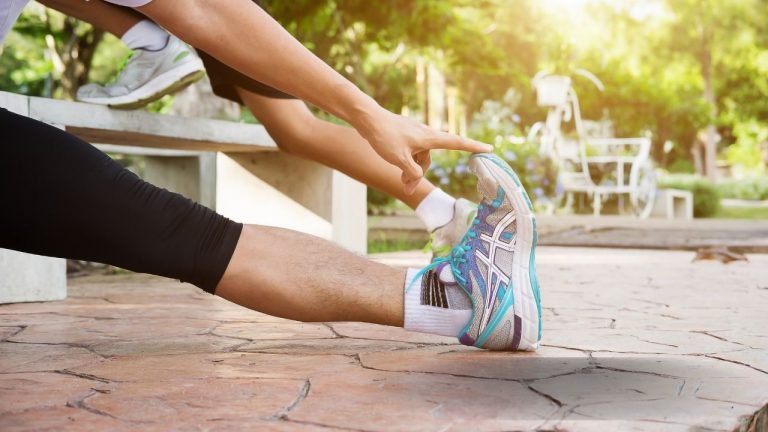
There are a few simple lifestyle changes that you can make to reduce post-workout soreness. First, warm up before your workout and cool down afterward. This will help increase blood flow to your muscles and reduce the risk of injury. Additionally, try to stay hydrated throughout the day and avoid alcohol after your workout. Both of these things will help your body recover more quickly.
What are some of the best strategies for reducing post-workout soreness?
There are a few different strategies you can use to reduce post-workout soreness. Some of the most effective include:
– Foam rolling: Foam rolling is a form of self-massage that can help break up knots and adhesions in your muscles. This can help to reduce pain and improve the range of motion.
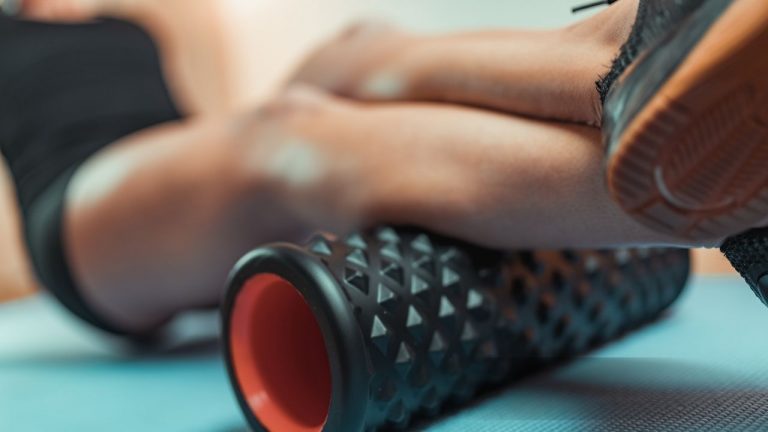
– Contrast baths: Contrast baths involve alternating between hot and cold water. The hot water helps increase blood flow, and the cold water helps reduce inflammation. This can be an effective way to reduce post-workout soreness.

– Compression garments: Wearing compression garments during and after your workout can help to reduce swelling and pain.
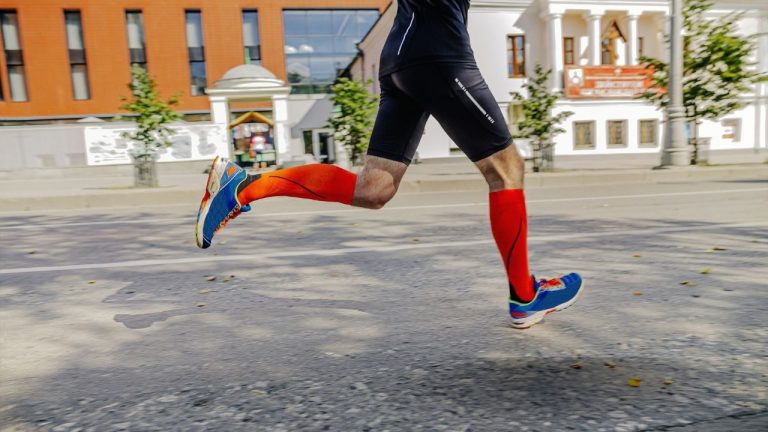
How can you ensure that you’re using the best strategies for reducing post-workout soreness?
The best way to ensure that you’re using the best strategies for reducing post-workout soreness is to experiment and find what works best for you. Everyone responds differently to different treatments, so finding what works best for your body is essential. Additionally, listen to your body and take things easy if you’re feeling particularly sore. Overdoing it can lead to further injury.
FAQS about How to Reduce Soreness After a Workout
Should I work out with sore muscles?
It’s generally not recommended to work out with sore muscles, which can lead to further injury. However, some people find that a light workout can help ease pain and increase the range of motion. If you decide to work out with sore muscles, take things easy and listen to your body.
What are the best exercises for reducing soreness?
No one exercise is best for reducing soreness. However, foam rolling and stretching are generally good options. Additionally, activities that increase blood flow to the muscles can be helpful. These include walking, cycling, and swimming.
How long does it take for muscles to heal after a workout?
It typically takes 24-48 hours for muscles to heal after a workout. However, this can vary depending on the training intensity and the individual’s response to exercise.
When should I see a doctor about post-workout soreness?
If you experience severe pain, swelling, or immobility after a workout, It’s generally recommended to see a doctor. Additionally, if you’re not sure what’s causing your pain or how to treat it, it’s always best to seek professional advice.
How can I prevent post-workout soreness?
There are a few things you can do to prevent post-workout soreness. First, warm up before your workout and cool down afterward. Additionally, try to stay hydrated throughout the day and avoid alcohol after your workout. Finally, make sure you’re using the proper form when exercising to reduce the risk of injury.
What should I eat if I’m sore?
There is no one specific food that you should eat if you’re sore. However, it’s generally recommended to consume foods high in protein and antioxidants. These nutrients can help to repair and protect muscles. Good options include lean meats, fish, nuts, seeds, and fruits and vegetables.
Should I massage my sore muscles?
There is some evidence suggesting that massage can help reduce post-workout soreness. However, it’s generally not recommended to massage your muscles immediately after a workout. Wait until the next day or two to avoid further injuring your muscles.
How often should I foam roll?
Foam rolling is generally recommended several times per week. However, you may want to foam roll more frequently if you’re particularly active or have a lot of muscle soreness.
Conclusion
Now that you know how to reduce soreness after a workout, it’s time to put these tips into practice. Start by adding one or two of these strategies to your post-workout routine and see how your body responds. If everything goes well, add in a few more until you have a comprehensive plan that works for you. And remember, foam rolling and stretching should always be part of your overall strategy! How do you reduce muscle soreness after working out?


